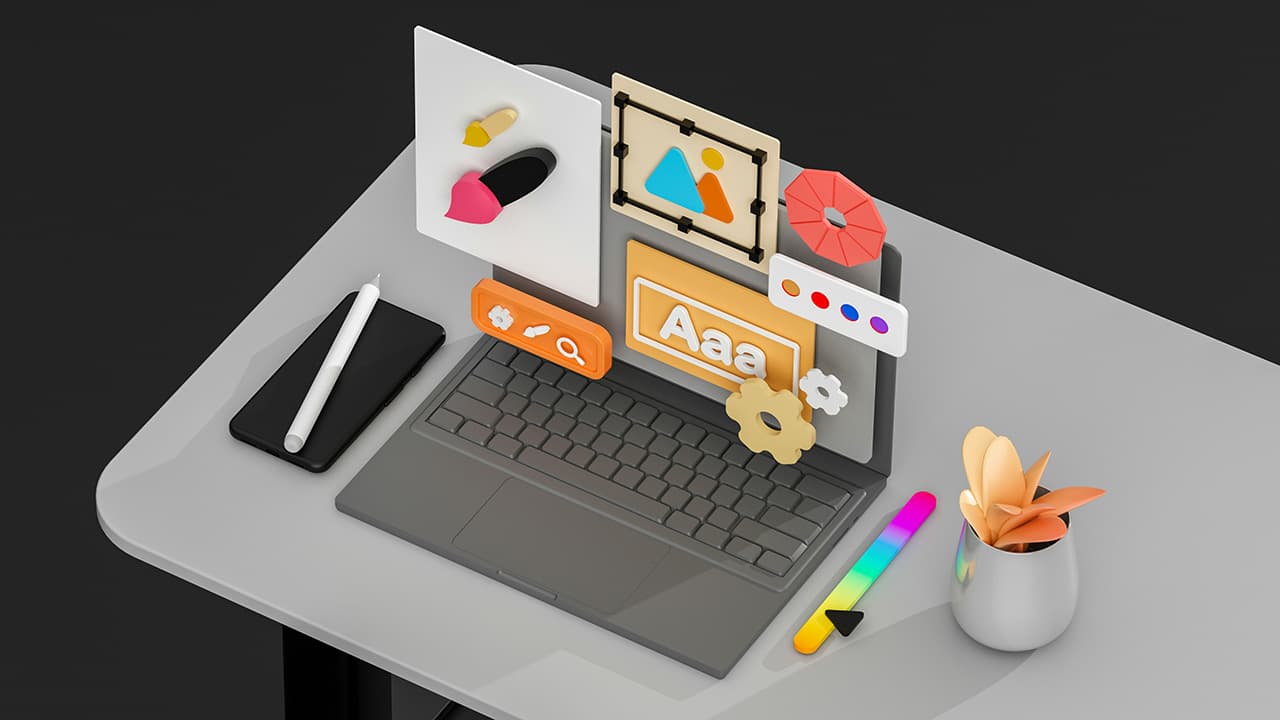Revolutionizing Text Processing: How Images Can Compress Language
Imagine if your computer could read and understand long documents in a fraction of the time it takes today. That's the promise of a groundbreaking approach called vision-text compression, which uses images to represent text more efficiently. This method tackles a major bottleneck in artificial intelligence (AI) and could make working with lengthy reports, books, or articles faster and cheaper for everyone.
The Big Problem with Today's AI Language Models
Large Language Models (LLMs)—like those behind chatbots and search engines—are incredibly smart but struggle with long texts. The reason is simple: as text gets longer, the computational effort required to process it skyrockets. Think of it like trying to carry a heavy backpack that gets heavier with each step. In technical terms, LLMs break text into units called "tokens," and more tokens mean slower performance and higher costs. For example, processing a book could require thousands of tokens, making it impractical for real-time use. This limitation affects everything from analyzing financial reports to searching through academic papers, slowing down innovation and accessibility.
A Brilliant Solution: Vision-Text Compression
Here's where vision-text compression comes in. The core idea is to convert text into an image—like a screenshot of a document page—and then use AI to "read" the image back into text. Why? Because images can store the same information using far fewer tokens. For instance, a single image might represent a page of text with just 100 tokens, compared to 1,000 tokens for the raw text. This compression ratio—often 10:1 or better—means AI can handle documents much more efficiently without losing key details.
Meet DeepSeek-OCR: The AI That Bridges Vision and Language
DeepSeek-OCR is a vision-language model designed to test this compression method. It acts like a smart decompressor, taking document images and extracting the text with high accuracy. By treating Optical Character Recognition (OCR) as a natural step in this process, it shows how visuals can serve as a compact, efficient medium for text. The model is built to work with various document types, from simple slides to complex newspapers, making it versatile for real-world use.
How It Works: The DeepEncoder
At the heart of DeepSeek-OCR is the DeepEncoder, a specialized component that processes images at multiple resolutions. It uses two parts: one for perceiving visual details (like text layout) and another for understanding broader context. This design minimizes the number of vision tokens needed, enabling strong compression while maintaining precision. In tests, the DeepEncoder helped achieve decoding accuracy of around 97% at a 10:1 compression ratio, meaning it correctly reconstructs text while using one-tenth the resources.
Proven Performance in Real Tests
The researchers evaluated DeepSeek-OCR on standard benchmarks like OmniDocBench. Results showed that with just 100 vision tokens, it outperformed other models requiring more tokens. For simpler documents like slides or books, it needed as few as 64 tokens to deliver good performance. However, for complex layouts—such as newspapers—higher token counts were necessary, highlighting that the approach adapts to document complexity. Overall, this efficiency makes DeepSeek-OCR practical for applications like data construction in AI training.
Benefits for Everyday Use
This method slots easily into existing AI systems, avoiding extra costs or setup. It could speed up tasks like processing legal documents, academic research, or even personal notes. Interestingly, the compression might include a "forgetting mechanism" that prioritizes important information, similar to how humans focus on key points. This could lead to smarter, more responsive tools in search engines, document analyzers, and educational platforms.
Limitations and the Road Ahead
No solution is perfect. DeepSeek-OCR performs best on standard documents but struggles with very long or intricately formatted texts. Future work aims to improve this, pushing toward nearly lossless compression. As the technology evolves, it could enable AI to handle massive text collections—like digital libraries or archives—with ease.
Vision-text compression, exemplified by DeepSeek-OCR, offers a fresh way to tackle AI's text-processing challenges. By harnessing the power of images, it paves the way for faster, more efficient systems that benefit everyone from students to professionals. As this technology develops, we might soon see a world where interacting with digital content is as quick and simple as taking a picture.












